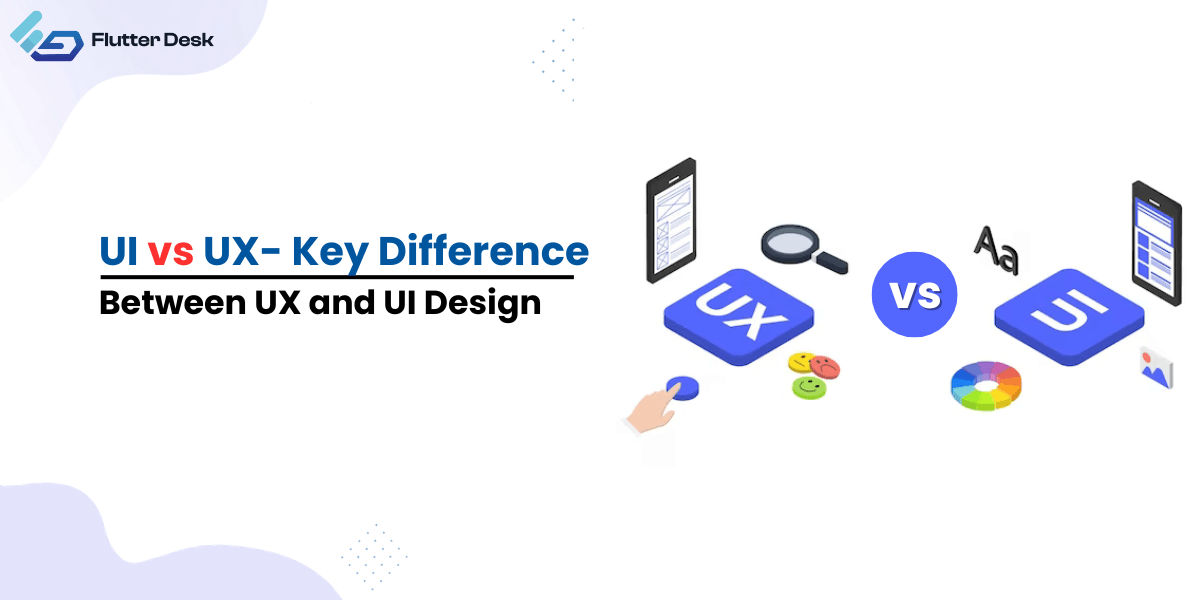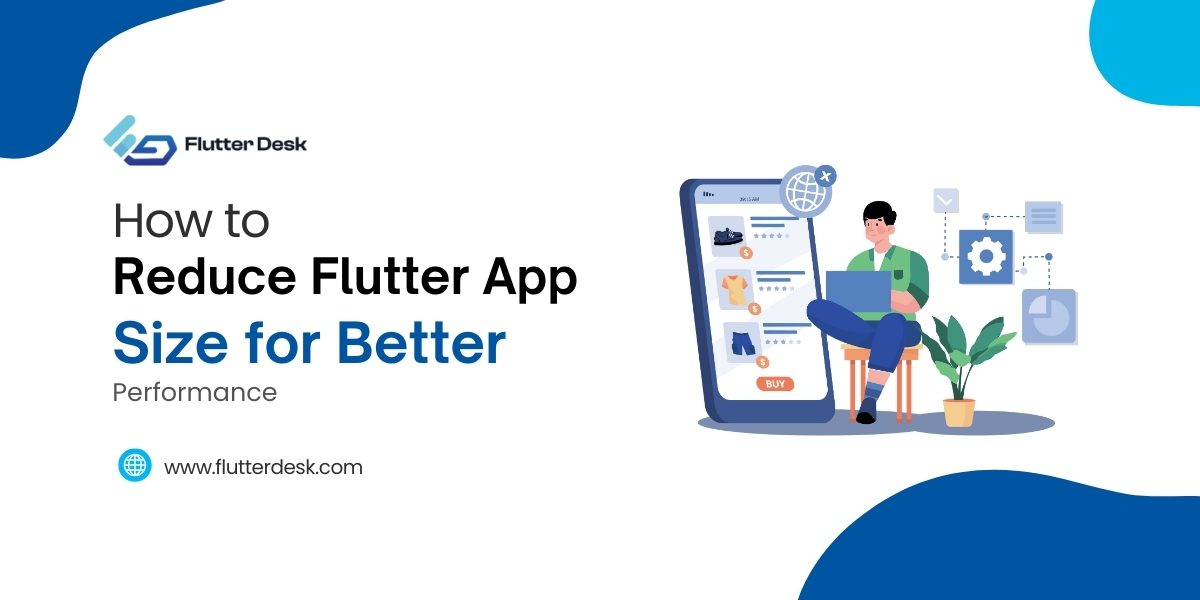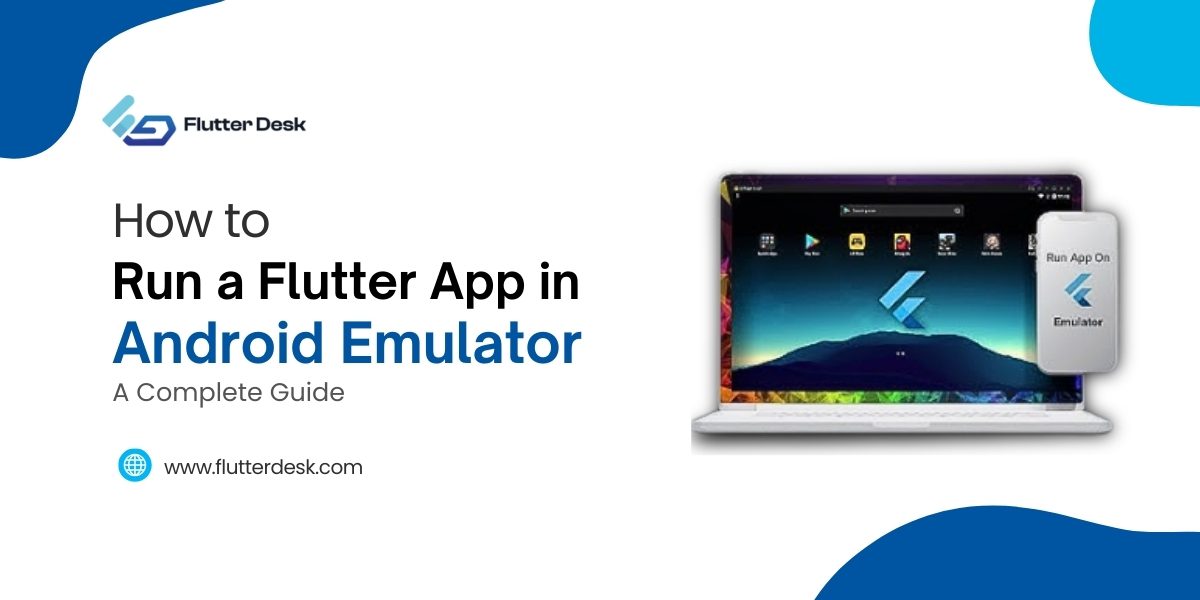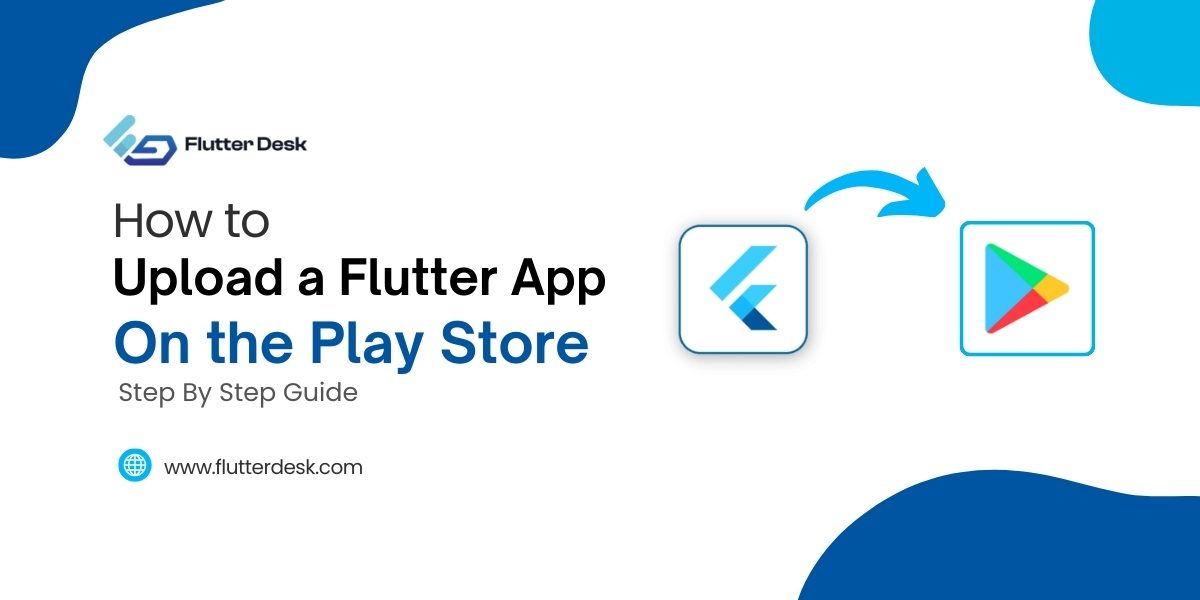In the dynamic world of app development, UI vs. UX has emerged as more than mere buzzwords. As apps flood the market and users become ever more discerning, the role of UI (User Interface) and UX (User Experience) designers has never been more critical.
Where the UI designer deals with visual elements and the design of an application, the UX designer primarily focuses on the user’s experiences, ensuring that the interaction is seamless.
Together, UI and UX form the foundation for successful apps, making them indispensable to stand out in an oversaturated app market.
What is UX?
At its core, UX, or User Experience, is a multifaceted discipline concerned with a user’s interactions with a product, system, or service. It goes beyond just visuals or aesthetics; UX design is about creating an environment that offers the end user a seamless, intuitive, and rewarding journey. This process involves understanding user needs, preferences, and behaviors to craft deeply resonating experiences. With evolving UX design styles, the emphasis has always remained on enhancing the overall customer journey, ensuring that every touchpoint is optimized for user satisfaction, ease, and efficiency.
What is UI Design?
UI, or User Interface design, is the art and science of crafting the visual elements and interactive components of a digital product. At the heart of user interface design lies the strategic arrangement of aesthetics, layout, and interactivity, ensuring that users can navigate and engage with ease.
Elements like wireframes set the foundational structure, while mobile patterns offer consistent navigation cues across various platforms. Every choice in UI design, from color palettes to button placements, aims to create an intuitive and visually appealing experience, guiding users through the intended journey with precision and elegance.
UX vs. UI- The Key Difference
|
Aspect |
UX (User Experience |
UI (User Interface) |
|
Primary Focus |
Concerned with the overall feel and user journey within a product. | Focuses on the look, design, and interactivity of a product. |
| Components | User feedback, usability testing, content strategy, and user personas. | Typography, color palettes, button styles, and visual layouts. |
|
Objective |
Ensures a seamless, intuitive, and efficient user journey. | Creates visually appealing—and interactive elements for user engagement. |
| Tools Commonly Used | Wireframes, user flows, and prototyping tools. |
Graphic design software, high-fidelity design tools, and color pickers. |
| Problem Solving | Addresses issues like navigation ease, accessibility, and overall user satisfaction. |
Tackles challenges related to visual hierarchy, consistency, and responsive design. |
| End Goal: | A product that feels intuitive, reduces friction, and meets user needs. |
A product that looks appealing and modern and aligns with brand identity. |
How are UI and UX Similar?
- User-Centric Approach: Both UX and UI prioritize the user’s needs, ensuring that their experiences are intuitive, satisfying, and aligned with their expectations.
- Collaboration: UX designers and UI designers often work hand-in-hand, with their roles deeply intertwined, ensuring that the final product is both functional and visually compelling.
- Feedback and Iteration: Both fields emphasize the importance of user feedback and iterative design processes, continually refining the product to meet user demands better.
- Goal of Enhanced Engagement: Both UX and UI aim to boost user engagement, whether through seamless user journeys or captivating design elements.
- Holistic Product Experience: While they might focus on different facets, both UX and UI contribute towards creating a unified and holistic experience for the user, ensuring consistency and cohesion across all touchpoints.
Task and Responsibilities of the Two: UI Developer and UX Designer
Though both UI and UX designers focus on creating a high-performance with seamless interface application, there is a clear distinction between their roles and responsibilities. Yet, their collaboration is crucial when offering top-tier UX UI design services.
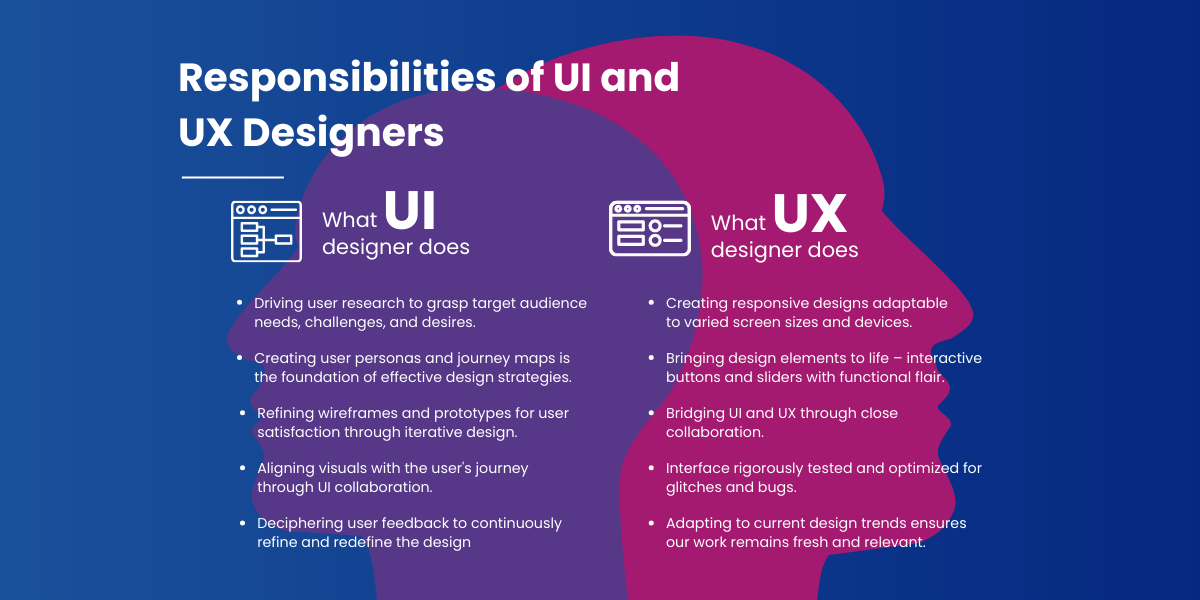
UI Developer
Role:
Often synonymous with the term UI Designer, a UI Developer crafts the visual and interactive elements of a product. Their primary aim is to ensure the interface not only aligns with brand identity but also offers a visually compelling experience to users.
Responsibilities
- Creating responsive designs adaptable to varied screen sizes and devices.
- Bringing to life design elements like buttons and sliders, ensuring they’re not only interactive but also functional.
- Collaborating closely with UX designers, bridging the gap between UI design and UX designer insights.
- Rigorous testing and optimization of the interface for performance glitches and bugs.
- Staying updated with the latest design trends and integrating them as and when suitable.
Skill Set
- Mastery of graphic design software such as Adobe XD, Sketch, and Figma.
- Comprehensive understanding of front-end languages like HTML, CSS, and JavaScript.
- A keen eye for aesthetics, specifically in color coordination, typography, and layout structures.
Ux Designer
Role
A UX Designer is entrusted with curating the overall user experience with a product or service. Their primary focus is to ensure every aspect is user-centric, effortlessly intuitive and caters to user expectations.
Responsibilities
- Spearheading user research understanding the intricacies of the target audience’s needs, challenges, and desires.
- Crafting insightful user personas and journey maps that are the backbone of design strategies.
- Designing wireframes and prototypes ensures every iteration brings them closer to user satisfaction.
- Partnering with UI developers, ensuring a seamless fusion of visual elements with the user’s journey.
- Deciphering user feedback, continuously refining and redefining the design accordingly.
Skillets
- Familiarity with UX design tools like Axure, InVision, and Balsamiq.
- Empathy-driven approach, aiming to understand and address user needs and challenges.
Why is UI UX Important?
The digital landscape today is fiercely competitive. With countless apps and websites vying for users’ attention, the importance of UI and UX cannot be overstated. But why exactly are they crucial?
Enhanced User Satisfaction
A stellar UX ensures that users can navigate seamlessly, find what they’re looking for, and complete tasks without hitches. This culminates in heightened user satisfaction, turning casual visitors into loyal customers.
User Retention
In a world with abundant choices, retaining users is as vital as attracting them. A great UX, coupled with an engaging UI, ensures that users not only visit but also revisit, reducing churn rates and increasing long-term user engagement.
Competitive Edge
With businesses scrambling to get a slice of the digital pie, a top-notch UI/UX can differentiate itself, setting a platform apart from its competitors.
Conclusion
The intricate dance between UI and UX underscores their interwoven essence. While UI presents the tangible facets we interact with, UX ensures these interactions are seamless and intuitive. As we gaze ahead, the horizon promises increased personalization, interfaces beyond touch, and a keen focus on ethical design. Together, UI and UX will shape a digital future that’s both user-centric and richly experiential.

